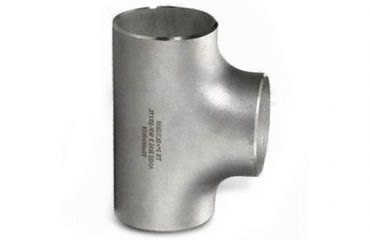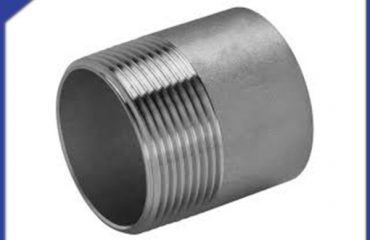
Chemical polishing of large stainless steel flanges is achieved by regular dissolution of flanged surfaces to smooth and smooth. During the chemical polishing process, the surface of iron and steel large stainless steel flange is continuously formed by passivation oxide film and oxide film, and the former is stronger than the latter.
Due to the microscopic inconsistency on the surface of large stainless steel flanges, the surface micro convex parts dissolve first, and the dissolution rate is greater than the dissolution rate under the concave part, and the dissolution of the membrane and the formation of the film are always carried out at the same time, but the rate is different, the result makes the surface roughness of steel large stainless steel flanges be leveled, from the results. And get a smooth and bright surface. Polishing can fill surface pores, scratches and other surface defects, thereby increasing fatigue resistance and corrosion resistance.
Electrochemical polishing is also called electrolytic polishing. Electrolytic polishing is made of large stainless steel flanges as anode, insoluble metal as cathode, and two poles immersed into the electrolyzer at the same time. It produces selective anodic dissolution through direct current, which makes the surface of large stainless steel flange increase brightness and reach the mirror effect.
The environment-friendly electro polishing solution formula 1 and 2 do not use chromic anhydride, and the amount of phosphoric acid is less. This formula reduces the pollution discharge. The formulation completely uses no phosphoric acid and chromic anhydride to solve the environmental problem of wastewater discharge. It is a new and pollution-free environment-friendly electrochemical polishing agent. Its process flow, such as process conditions are basically the same as the original conditions, and the polishing effect is basically the same, ensuring the polishing quality. In the production process, stainless steel surface is prone to appear some black oxide scale or microscopic inequality, affecting its use value. Only the reprocessing of its reprocessing, such as mechanical polishing, chemical polishing and electropolishing, is used to improve the value of its own. Therefore, the following process or license is recommended for better results.
 Language
Language Espanol
Espanol English
English Italian
Italian عربى
عربى
 Skype: chinamaker99
Skype: chinamaker99  Tel: 86-316-5120812
Tel: 86-316-5120812 Email:
Email:  Whatsapp:
Whatsapp: 

